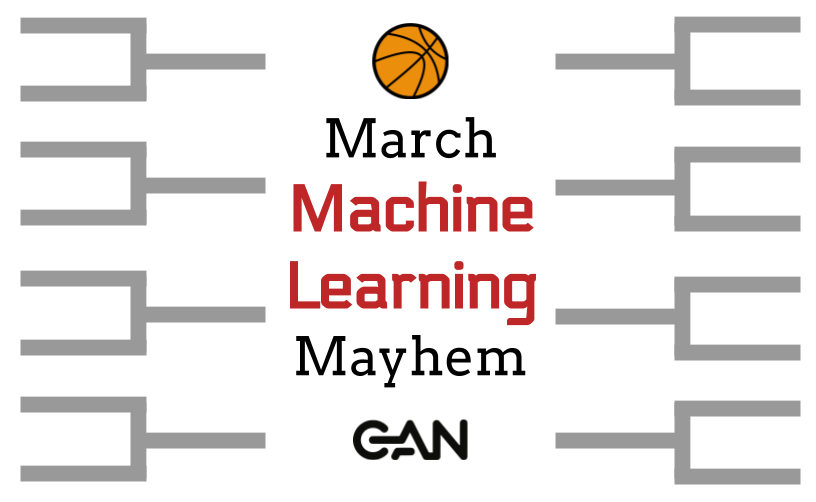
by Nate Watson | May 29, 2020 | News
How will the Post COVID-19 pandemic landscape in business be changed? Are we headed to a future like the Jetsons or one like Mad Max? Companies who once feared remote workers are waking up to the benefits of this work/life balance. Others are in panic mode because...
by Nate Watson | May 6, 2019 | Featured Posts, News
Machine Learning, Business Intelligence, and Artificial Intelligence are buzz words that are being thrown around at planning sessions a lot these last few years. They have real meanings that most people don’t understand. They are using them to mean “more...

by Nate Watson | Mar 13, 2017 | News
Machine Learning and the NCAA Men’s Basketball Tournament Methodology <<This article is meant to be the technical document following the above article. Please read the following article before continuing.>> “The past may not be the best predictor of the...
by Nate Watson | Jan 25, 2017 | Featured Posts, News
We get asked quite frequently: Why should my company invest in predictive analytics? Why even bother? What can it do for us? Great questions. Predictive Analytics, or predictive analysis, used to be a competitive advantage. All through the first part of the 2010s,...
by Nate Watson | Aug 19, 2013 | News
There is something very strange about Contemporary Analysis. It’s not something that can be easily identified or quantified. People have often remarked on the fact that we are different even though they weren’t able to put their finger on what exactly made us...



